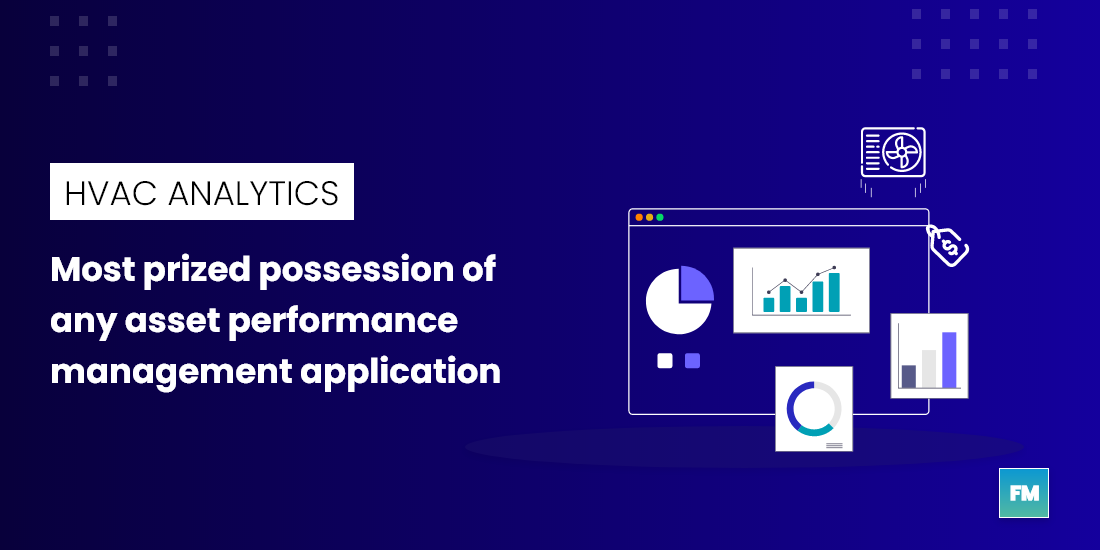HVAC system is responsible for the highest energy consumption in buildings. On an average, it use more than 35% of a building’s energy. We all know, HVAC system is made up of one of the most complex interconnected networks (mechanically and structurally) in a building environment. Yet, when it comes to optimizing or analyzing its data there are very few solutions that do more than scratching a surface.
HVAC network, a jackpot of numerous data points (if recorded correctly) that can give sleepless nights to an operator or an entire maintenance team if they do not figure out how to optimize it. And yes it is way more than setpoint correction or chiller sequencing.
Facility management teams are struggling with two primary hurdles to be able to fully optimize HVAC systems A) Inadequate sensors and data capturing infrastructure B) Deep insights from applications and tools that can interpret operational patterns.
How would an ideal HVAC analytics application look?
Ideally, a sophisticated HVAC analytics applications should be able to provide the following features:
- Visualization of key operating parameters of AHU, chiller, etc
- Data trending and pattern analysis
- Fault detection, forecasting
- Alerts and Notification
How does HVAC analytics works?
HVAC analytics look into individual asset/component-level data and overall operational output to identify trends, it also analyzes the impact of certain changes that are made on the asset level and their effect on the entire system. It collects historical data for basic comparisons such as inlet/outlet temperature, humidity, or temperate variations. Detect anomalous behavior of the asset based on the asset’s maintenance history and contextual data and provide alerts to maintenance personnel .
HVAC analytics can come as a part of the asset performance management software or standalone application. It collects data from the Building management system, Building automation system on a real-time basis and process it on cloud-based applications.
Types of HVAC analytics packages
In general, there are two types of HVAC analytics packages available in the market. One that comes with default hardware such as sensing and data transmitting devices and another one that comes as an analytics solution only which depends on the existing data infrastructure and communication protocols.
There are solutions like 75F that provide entire building automation systems along with analytics applications. One of the key benefits of these type of solutions is that they close the feedback loop that means from insights to automated controlling can be handled by the application. They can also extend a great level of comfort to the visitors and tenants as every minute aspect of the HVAC network can be controllable. Of course, these solutions do not come cheap since they built entire data infrastructure sound existing assets they tend to cost more for that added level of comfort and controllability.
On the other hand companies like sensewave have built their platform around predictive maintenance and energy management capabilities. Their platform Adaptix provides insights on chillers, heaters & pumps. They claim to deliver true alerts on anomalies along with the detailed root cause analysis. With as minimum as 2 months of historian data, Adaptix can start functioning.
Although HVAC analytics comes in a variety of product offerings each solution focus on different use cases such as automation, energy optimization, control or visualization. Accordingly, they provide insights, alerts on a different depth. For example, some applications may not provide detailed audit history of particular AHUs while providing a great level of control.
It is the Facility management team’s responsibility to understand their needs first also the requirements from clients as well and ensure the product delivers what they committed to and before finalizing on analytics tool. The smarter move would be to look for an asset performance management software that includes HVAC analytics.
Hope now you have a clear understanding of what HVAC analytics can do and why it’s the crown jewel of asset performance management applications.

Leave a Reply